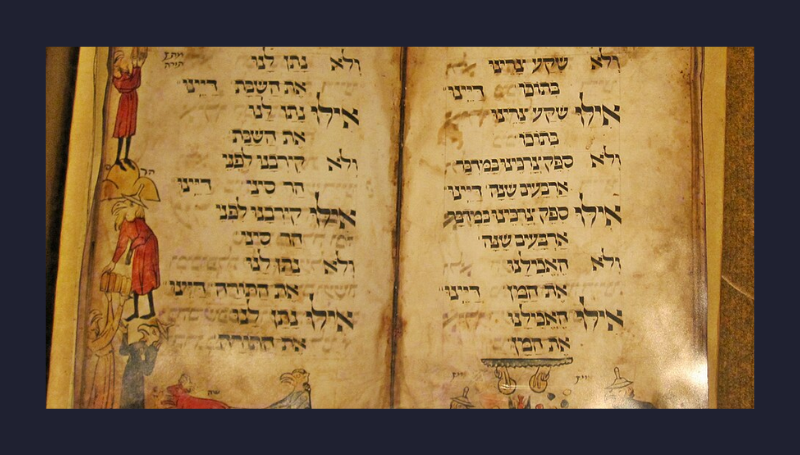Rabbi Dr. Stuart Halpern
Jewish Journal, Mar. 26, 2025
“In the midrashim, the Egyptian sequence of negative items led to their doom, but ‘Dayenu’ leads their Israelite adversaries in the opposite direction, to salvation and fulfillment. “
If we could figure out the origin of everyone’s favorite Passover song, it would be enough.
The development of “Dayenu,” that Haggadah ditty that recaps the many miracles the Israelites experienced throughout the Book of Exodus, has puzzled scholars for generations.
The song lists 15 examples of God’s grace. As the Maharal of Prague (1512-1609) noted, they can be divided into three groups of five. The first recaps the Exodus itself (“If He had brought us out from Egypt and not carried out judgements against them … it would have been enough”). The second focuses on the miracles post-liberation (“If He had split the sea for us and had not taken us through it on dry land …”). The third group focuses on the ultimate goal of the freedom granted to the slaves — their covenant with God (“If He had given us the Shabbat and not brought us before Mt. Sinai … If He had given us the Torah and not brought us into the land of Israel … it would have been enough).
Fifteen is a symbolically important number in Judaism. The two-letter name of God, consisting of a Hebrew letter Yud and a Hey numerically adds up to 15, and there are 15 Songs of Ascent in the Book of Psalms corresponding to steps that led from one courtyard to another in the Temple.
But where did this spiritually layered song come from? And when was it composed? Jay Rovner’s new book, “In Every Generation: Studies in the Evolution and Formation of the Passover Haggadah” reviews prior suggestions and offers a new solution. Rovner, manuscript bibliographer emeritus of the library of The Jewish Theological Seminary, notes that “Dayenu”’s composition has been debated for decades. Some suggest it was recited during the Second Temple period as pilgrims presented their first fruits to priests. …SOURCE


